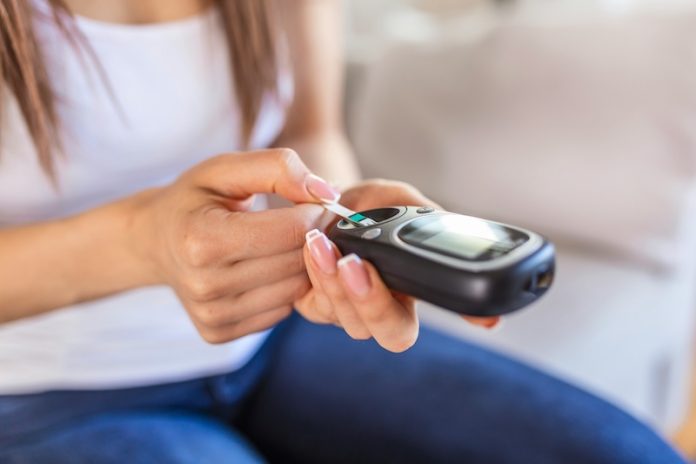
A new digital technology developed by researchers at the University of Virginia is helping people with type 1 diabetes manage their condition better and more safely.
This system uses what’s called a “digital twin”—a computer version of a person’s body—to test and adjust their artificial pancreas, a device that automatically delivers insulin.
The goal is to keep blood sugar levels within a healthy range, even as a person’s lifestyle, meals, and insulin needs change over time.
This innovation, called adaptive biobehavioral control, was tested in a six-month study, and the results were promising. People who used the new system spent more time with their blood sugar in the target range—rising from 72% of the time to 77%.
Their average blood sugar levels also dropped slightly, which can be important for long-term health.
Type 1 diabetes is a lifelong condition in which the body stops making insulin, a hormone needed to control blood sugar. To stay healthy, people with type 1 diabetes must carefully balance insulin doses, food, and activity every day. This can be challenging, especially because the body’s insulin needs can change due to stress, illness, exercise, or hormonal shifts.
Artificial pancreas systems are designed to help by monitoring blood sugar and automatically adjusting insulin delivery. But even these systems need regular fine-tuning to match the user’s changing needs. That’s where this new digital twin technology comes in.
Boris Kovatchev, director of the UVA Center for Diabetes Technology, explained how it works. Every two weeks, the system uses a person’s real data to update their digital twin—a personalized computer model of how their body responds to insulin, food, and activity.
Then, in a virtual environment, users can try out different settings and strategies to see how their blood sugar might respond. Because it’s a simulation, there’s no risk of going too high or too low. Once they find settings that work well, they can safely apply them to their real artificial pancreas.
The digital twin doesn’t just help the system—it helps the user, too. People with diabetes make many daily decisions about food, insulin, and activity. By learning how their choices affect blood sugar in the simulation, they can become more confident in managing their condition. The system also adapts to them, updating as their body or behavior changes.
Kovatchev pointed out that this type of “human-machine co-adaptation” is essential. In other words, both the person and the technology learn and adjust together. That’s especially important for diseases like type 1 diabetes, where daily life has a big impact on treatment.
In summary, the digital twin approach brings a new level of personalization and safety to diabetes management. It makes the artificial pancreas smarter and gives users a better way to understand and control their blood sugar. This could be a major step forward for people living with type 1 diabetes—making technology not just automatic, but also truly adaptable to real life.
If you care about cancer, please read studies that low-carb diet could increase overall cancer risk, and new way to increase the longevity of cancer survivors.
For more health information, please see recent studies about how to fight cancer with these anti-cancer superfoods, and results showing daily vitamin D3 supplementation may reduce cancer death risk.
The research findings can be found in npj Digital Medicine.
Copyright © 2025 Knowridge Science Report. All rights reserved.



